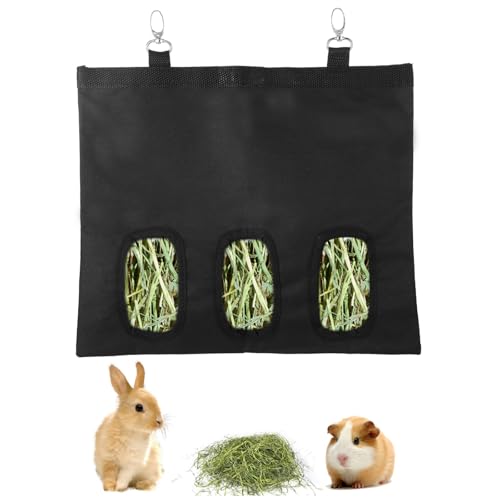Rabbit Tree Farm
Well-known member
I also do lights...i find about 14 hours works well here for chickens and quail. I have them come on a half hour before dawn then back them up a half hour every 5 to 7 days till you're where you want to be. And i have them shut off ahead of sunset so my birds know to roost naturally.Yes! It's amazing! Each time I look in on them they have more and more feathers. Insanely fast compared to chickens. We did loose one last night. Somehow got wedged into the feeder hole. No clue how. The holes are plenty small enough. I can't figure out how it happened. They are larger than day old chicken chicks who have no issues using them. So out of 20 we still have 18. one died a day after birth. Really had no interest in eating. Not sure why but I know it happens.
Wondering how long it will take for the adults to start laying again after being moved. I'm assuming a few days more since we moved their cage into the barn last night. They were getting cold in the crazy winds we have. A bunch of them are featherless on their backs. Looks like they are molting. Makes sense but didn't think about quail doing that. Have lights being delivered today that we will install. Any suggestions on how long to leave them on through winter? I've read 14-16 hours to help with laying? Being in the barn now will leave too much darkness for them so lights will be a must through winter.
I also don't start my lights this time of year till my chickens are finished with their molt.























